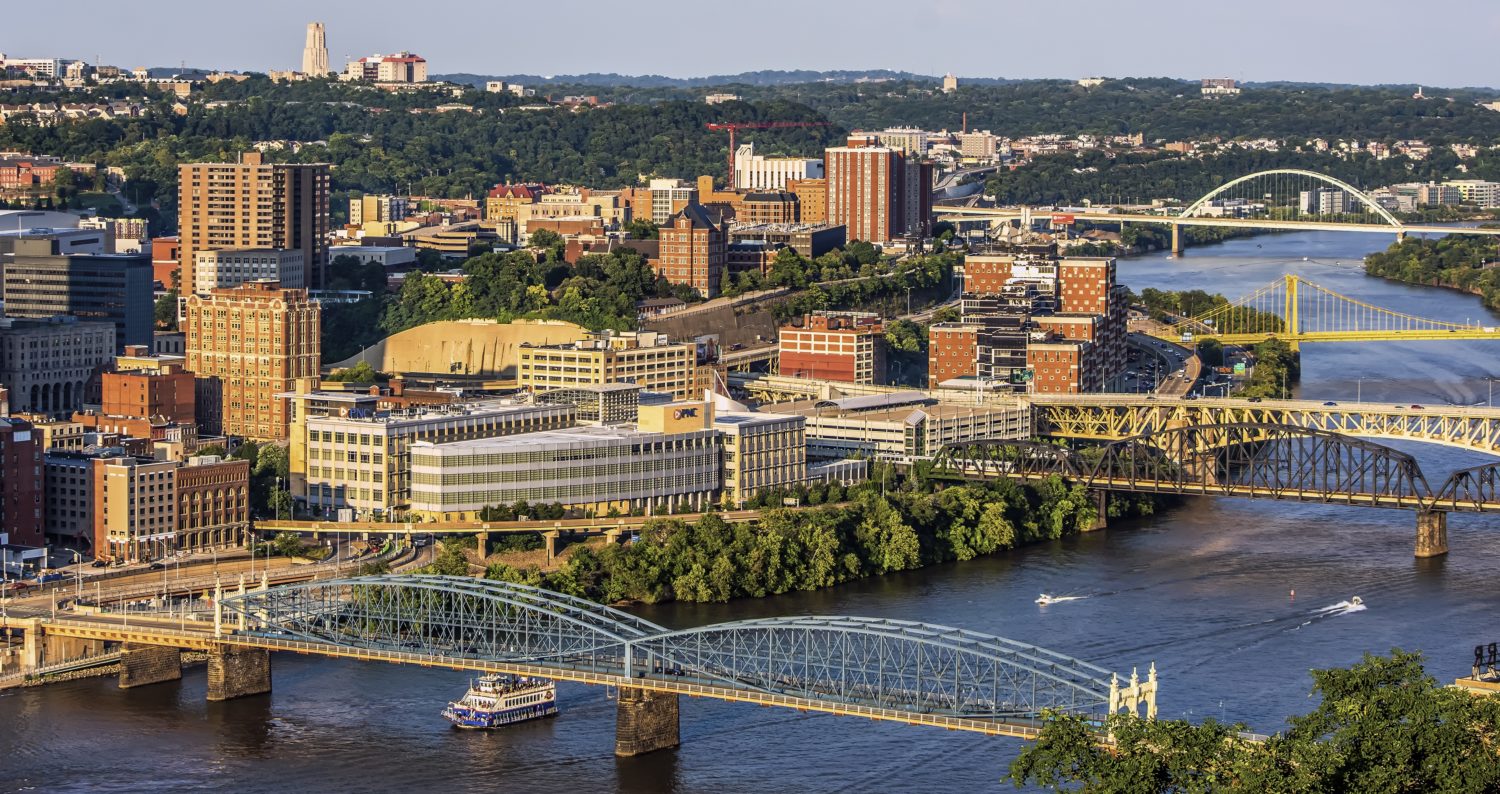By Christian Bergland, Projects Associate, Building Energy Exchange
Climate change has shifted from being a distant threat to a present danger. Punctuated by one climate-amplified disaster after another, 2019 was the second hottest year on record. Hurricane Dorian, one of the most powerful storms on record, tore through the Bahamas. Drought-fueled wildfires burned from the Arctic to Australia. Prolonged Midwestern floods sank crops and profits. Never before was the urgency of climate action more apparent.
But 2019 was also a year of unprecedented global climate action. Millions of people, many of them youth, participated in September’s global climate strikes, demanding action on climate change. Here in New York, we were already one step ahead. The City passed the Climate Mobilization Act (CMA) in April, establishing a first-of-its-kind limit on building-sourced greenhouse gas emissions. New York State passed its own ambitious legislation aimed at curbing climate change, the Climate Leadership and Community Protection Act (CLCPA), putting the state on a path to 100% renewable electricity by 2040 and net-zero emissions by midcentury.
2019 was a momentous year for the Building Energy Exchange (BE-Ex) as well. Since the CMA’s passage, we have played a leading role in educating impacted stakeholders on the law’s components and connecting our community to relevant solutions. In the interest of accomplishing the CMA’s goals, we have also developed reports, case studies, and technical trainings over the last year. Some of our key accomplishments from 2019 include:
- Hosting over 230 events, many focused on the CMA
- Publishing and presenting over 75 reports, case studies, tech primers, trainings, and videos
- Developing a new exhibit, Anatomy of an Energy Efficient Building, demystifying how buildings use energy and showcasing solutions to reduce carbon emissions, costs and pollution through high performance improvements
While BE-Ex’s focus is on improving energy efficiency in New York City, our impact continues to grow beyond the five boroughs, with an expanding network of partners both domestic and international.
D.C. High Performance Buildings Hub

Washington, D.C. passed its own ambitious climate legislation, the Clean Energy D.C. Omnibus Act, in December 2018. This legislative package established Building Energy Performance Standards (BEPS), an ENERGY STAR-score based performance standard. Unlike the CMA’s emissions-based targets, BEPS sets energy use limits, requiring underperforming buildings to either reduce energy use or implement energy efficiency measures.
Requiring building owners to reduce energy use is one thing. Determining the best way for them to do so, however, is more complicated. Buildings constructed in 2000 will require different energy efficiency upgrades than those built in 1900. As such, building owners require a wide range of tools and resources to identify optimal compliance opportunities.
To provide this guidance, D.C.’s climate law contains a provision to create a high-performance building hub. In June 2019, the Institute for Market Transformation, in collaboration with BE-Ex, ARUP, the New Buildings Institute, and Steven Winters Associates, won the RFP to develop this hub. D.C.’s high performance building hub will play a similar role to that of BE-Ex, offering educational programs, resources, and tools specific to the District’s vernacular architecture. We look forward to continued collaboration on this exciting new development and are thrilled to offer best practices developed over the past decade of our organization’s operation.
Pittsburgh’s International Center of Excellence

D.C. was not the only US city to add a center for energy efficiency in 2019. BE-Ex, a founding United Nations International Center of Excellence on High Performance Buildings, helped to establish the Vancouver-based Zero Emissions Building Center (ZEBx). In 2019, the city of Pittsburgh followed suit, announcing its own UN Center of Excellence, led by Pittsburgh’s Green Building Alliance. As more cities join this network, greater opportunities arise for knowledge sharing and development, accelerating the transition to an energy efficient future.
Looking to 2020
If 2019 was any indication, we are sure to see a new slate of unprecedented weather events in 2020. It can – and will – get worse from here, should greenhouse gas emissions continue unabated. But the movement for meaningful action on climate change is growing, with more and more cities committing to improving building energy efficiency. The Building Energy Exchange looks forward to expanding our reach and impact in 2020, making new connections and sharing critical resources, as cities around the world commit to fostering a more healthy, comfortable, and energy efficient built environment.